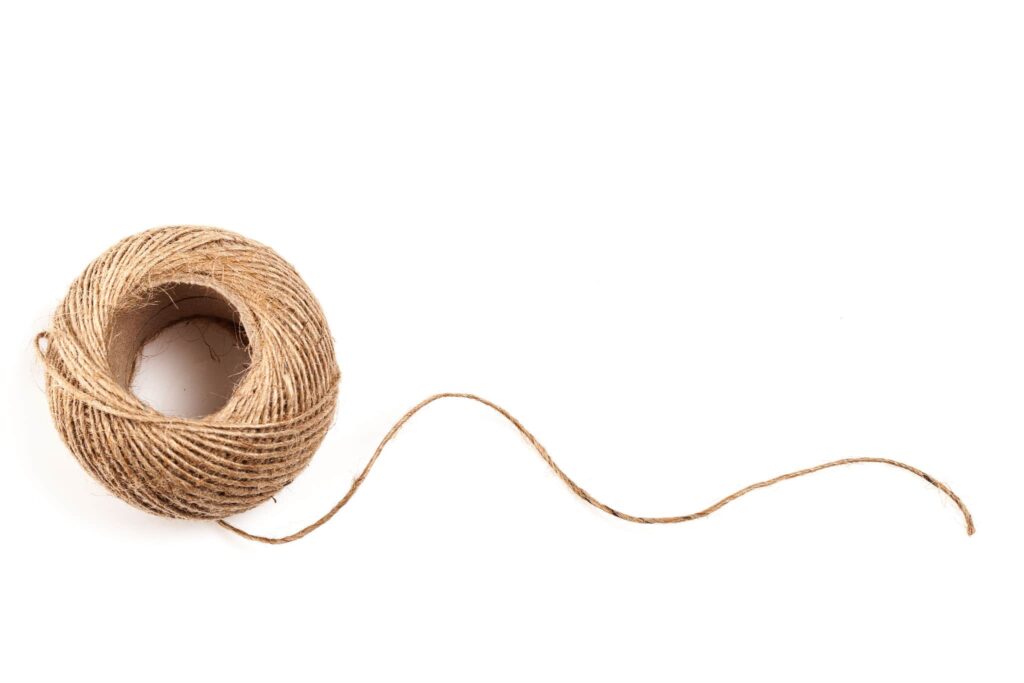As a freelance writer and educator, one of the questions I’m most often asked by students is, “How do you come up with your story ideas?” Underpinning the question is an assumption that there’s something mysterious or even magical about generating saleable story ideas.
The truth is, conjuring ideas from thin air is a basic skill which can be taught. It’s no more magical than, say, making ice-cream, and it involves training your brain to the point where you see story possibilities everywhere you look.
When you’re starting out as a freelance writer, coming up with your own story ideas is key to securing those first and subsequent assignments. Even established writers continue to percolate and pitch their own ideas.
Why does developing this skill matter? First, generating oodles of your own ideas means you’re always working on something you find fascinating, rather than lumbered with something that leaves you lukewarm. Even though editors approach me more than 50 per cent of the time these days, I still find generating ideas one of the most enjoyable parts of the writing process.
Writing about something which intrigues you helps maintain stamina and motivation over the sometimes long, hard slog involved in bringing a piece of writing into the world. As veteran journalism educator Christopher Scanlan says, “If you don’t (come up with your own ideas), you may find yourself saddled with stories you don’t want to do.”
Having a deep well of quality ideas also makes you more indispensable to editors. Even if those ideas aren’t picked up, or are tweaked to better suit the publication, editors are keen to work with writers who are awash with ideas, because it ultimately reduces their own workload.
Sometimes a good idea even makes their day – and yours. Few things are more satisfying than having an editor respond: “Love this idea – thanks!” with confirmation of a fresh assignment.
So, what are my five favourite story idea generating go-tos?
1. Gatecrash conferences

Block out space in your calendar to attend conferences. Not press conferences, where journalists gather to hear announcements and ask questions, but rather professional gatherings of people who share interest in a subject that you might like to write about. This might be anything from poultry science to adult entertainment. (Yes, there really are conferences out there on both!)
Often, conferences will offer free admission to members of the media. Even then, some people baulk at the time commitment involved, but in my experience, it’s worth it. You’ll learn a lot from the conference content and the people you meet there.
Presenters are on top of trends in their field and they’ve typically distilled down their years of research or professional practice into a 30-minute timeslot. They’ll likely respond well to inquiries made immediately after their presentation, or in more informal settings, like post-conference drinks.
If you can’t attend in person, see if you can view a livestream remotely, or access a recording. If all else fails, pore over the published program. I didn’t learn about the inaugural Wellness Tourism Summit until a few days after it had happened, but was able to identify a story on developments in Australia’s hot springs scene, which got me wondering about the potential health and environmental impacts. This ultimately led to a story in Cosmos Weekly.
Don’t confine yourself to conferences. Expos, symposiums, festivals, roadshows and other similar events can all provide fertile story leads. I attended Outback Queensland’s Outback Muster in 2022 where I met the owner of a newly-opened outback glamping destination. He invited me to stay and I subsequently wrote about it for The Weekend Australian’s ‘Travel and Luxury’ pages.
2. Chat to people in the pub (or coffee shop or library or grocery store line)

Years ago, former columnist at The Guardian Roy Greenslade posed the question: Was journalism better when we boozed? Old school journos had a reputation for being heavy drinkers. It went hand in hand with meeting contacts in the pub, wining and dining them over lunch, or carousing in a cocktail bar.
The idea was that you cultivate contacts in order to build your beat. (For more on the pros and cons of niching down, read this.)
Much of that hard drinking culture has since shifted, but it turns out that chatting to people in the pub (or pretty much any relaxed, informal setting) can still be a productive story generator.
Relaxed people will share information about what’s really going on in a way that they won’t during a formal interview. It’s not like you can use this information wholesale – see standard 8 in the MEAA Journalist Code of Ethics – but it can provide a starting point for further inquiry.
While travelling on assignment for a story which formed part of a ‘modern outback’ series for The Guardian Australia, I met two young musterers in the pub. We chatted for a couple of hours and while they didn’t make it into the story which was originally commissioned, I was so fascinated by their lives that I later pitched and placed a Two of Us column on them in The Sydney Morning Herald and The Age. This piece involved several more phone interviews with them separately.
Chatting to people also helps you ‘collect string’ for future stories. I learned about this concept after a job interview with Bloomberg Business News. I didn’t get the job, but I was given a copy of ‘The Bloomberg Way’ handbook, which talks about the value of collecting ‘string’ – details about people, companies, markets and industries, regardless of whether these details can be used immediately.
“Details gathered on a rainy day, when there is little interest in the subject, will loom large when the subject is all-important … and we have no chance of getting (that information),” it states. Jotting down interesting observations, snippets, statements and statistics as you come across them means that when there’s frenzied interest in a subject, interviews are difficult to secure and cooperation is thin on the ground, you’ll already have some of what you need close at hand.
3. Get on mailing lists

It might not be the sexiest of tips, but getting onto different mailing lists in your areas of interest can send potential story ideas gushing into your inbox. Newsletters, bulletins, alerts, circulars – whatever they’re called, you want to be signing up to them. To ensure your regular inbox doesn’t get flooded, you might want to set up a separate gmail or other account especially for this purpose.
I was intrigued by an article on how to set up an honesty stall in the Milkwood Permaculture newsletter. It got me wondering: How many other people are doing this? That led me to Instagram to explore the #AussieHonestyStall hashtag and different variations of it. Armed with examples of urban honesty stalls selling plants, produce, bread and other goodies in different parts of the country, I ended up pitching and placing this story with The Guardian Australia – even when the editor wasn’t confident that the story had legs.
Want to read my three freelance article pitches that landed assignments (and ongoing work)?
4. Mine your own life

Think about the problems you’re facing in your own life – the sorts of things that, in the absence of a big sister or a sugar daddy, you wish an article could help you solve. Halfway through a higher degree, for instance, I learned I’d exhausted my access to FEE-HELP. This meant I was suddenly facing a serious cashflow crisis which I hadn’t seen coming. I wondered if I’d missed some early warning signs which might have alerted me to the slippery slope I was on, and caused me to take corrective action sooner. That led to this story in The Sydney Morning Herald’s ‘Money’ pages.
You can easily extend this by asking additional questions. What are people talking about at BBQs? At the doctor’s surgery? Or on the train? Last time I was at the hairdressers, I couldn’t help but eavesdrop on a conversation conducted at high volume over the roar of the hairdryer, which led to this story in The Guardian Australia on couples sleeping in separate bedrooms. Note that I didn’t use the specific details I gleaned while having my foils done, but rather used it as a launchpad to conduct further research, speak to experts, and source a real-life case study who wouldn’t mind being quoted.
5. Create a challenge

Think about an adventure you’d like to embark upon or a challenge you’d like to tackle. Then do it and write about it. One example I love is that of the late Julie Powell, who took a year out to cook every recipe in Julia Child’s Mastering the Art of French Cooking. The experience led to a successful blog, book and movie starring Meryl Streep.
On a less spectacular scale, I learned about the gruelling Stinson Walk while on a famil (familiarisation tour) at O’Reilly’s Rainforest Retreat. I still don’t know what possessed me, but a year later, I was lacing up my boots on a rainy morning to attempt the annual 37-kilometre one-day trek. The route follows in the footsteps of Bernard O’Reilly who located and rescued two plane crash survivors in 1937 and became a national hero in the process. The trek, and the story, didn’t turn out as planned, but I wrote about the experience for Australian Geographic.
You don’t need to cook, or hike. It might be that there’s a place you want to visit, a skill you want to learn, a person you want to meet, or a question you want answered. Telling the gatekeepers “I’m a journalist who is writing about …” is the perfect way to gain access to hidden worlds.
Got a great idea and now it’s time to pitch it? Grab my free resource, Pitching for Publication, which deconstructs three pitches that secured assignments from Australian and international editors.
